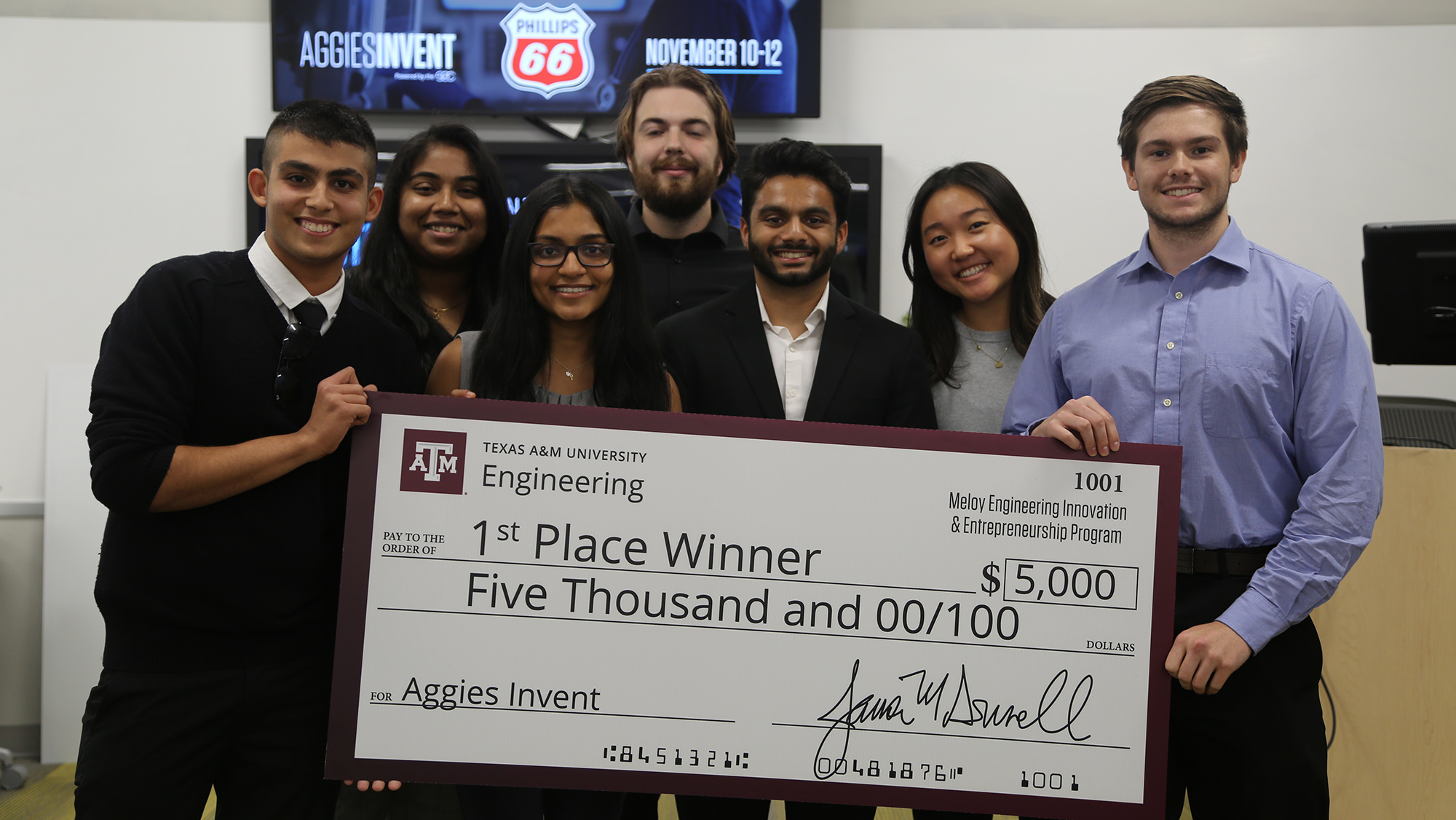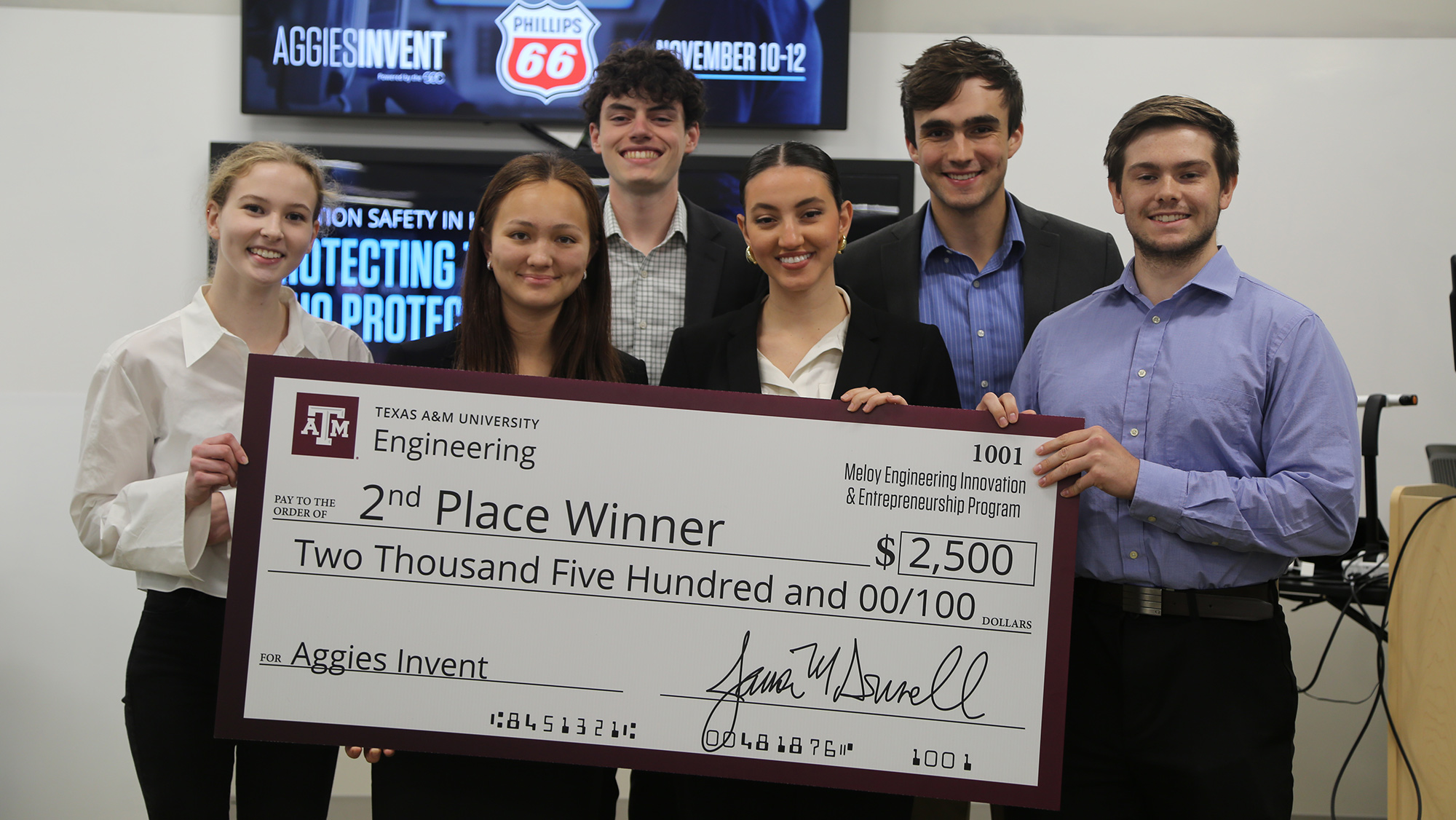Amidst the advancements in medical technology, an alarming reality persists: doctors are experiencing disproportionately elevated rates of cancer due to prolonged exposure to X-ray radiation in the workplace, revealing a pressing yet overlooked occupational hazard within the healthcare sector.
Biomedical engineering student Eric Hall presented this issue at the 2023 Problems Worth Solving (PWS) competition in April at Texas A&M University. His winning problem statement became the theme for November’s Aggie Invent after securing first place.
Hall participated in Aggies Invent as a mentor and served as a judge to assist students in understanding the problems they identified about the often-overlooked challenge of radiation-induced cancers in doctors.
Coming here was a lot of fun to see how others may solve this problem near and dear to my heart.
“If you want to see a problem you have thought about solved, participate in Problems Worth Solving and aim for first place,” said Hall. “There may be someone with a different skill set than you that may be able to solve it at an event like Aggies Invent. Coming here was a lot of fun to see how others may solve this problem near and dear to my heart. I was inspired to see these students be innovative this weekend, and it was a full-circle moment.”
Hosted by the Meloy Engineering Innovation and Entrepreneurship Program (MEIEP) and sponsored by Phillips 66, this Aggies Invent showcased the potential for innovation to transform occupational health safeguards for healthcare providers. In 48 hours, 31 students from six teams identified solutions and designed prototypes from headshield coverage to glasses that warn surgeons of radiation exposure. One team was awarded the first-place prize of $5,000 and two teams tied for the second-place prize of $2,500.

First-place team Ray-Bans focused on radiation from cardiovascular surgery. Their solution to this issue is SensorCath, a catheter equipped with cutting-edge pressure sensors that allow physicians to navigate with unparalleled precision at a safe distance.
“Our team found out from the inverse-square law that if you increase the physician's distance from the patient, radiation drops by 80%,” said electrical engineering student Lakshya Vason. “The pressure sensor on our catheters will help doctors during surgery to help with the distance.”

Junior biomedical engineering student MaryGrace Wahby’s team RDS won second place for their product, The Nemean. The team discovered that physicians who handle fluoroscopy experience disproportionate rates of brain cancer.
“The Nemean is a radiation-resistant hood made of polymorphism hydrogel to protect the full head and neck area during surgery,” said Wahby. “I loved innovating and coming up with solutions quickly; it made me more focused. My team was awesome, I learned a lot about interpersonal skills, and the mentors were fantastic. They taught me a lot about being an effective presenter. This experience isn’t easy to replicate, and I am happy to have been through it.”

Team CombX tied for second place for their lead radiation blanket with new technology designed specifically to protect doctors from radiation coming from the patient.
“Radiation omits from the patient and spreads across the room, so instead of putting the burden on the doctors for shielding, we decided to put a lead blanket on the patient to protect the radiation from omitting off-ward and inward into the room,” said Ola Handi, a senior from the Texas A&M School of Public Health. “We also came up with a new technology to put inside of the blanket that is comb-shaped to allow the radiation to bounce off more, which increases absorption while decreasing the weight because there are now divots in it.”